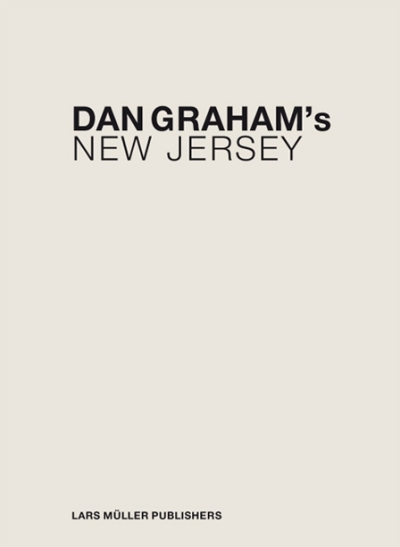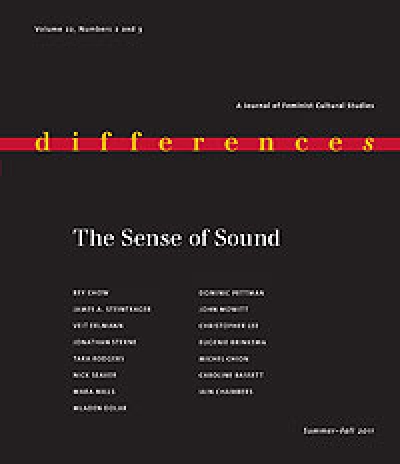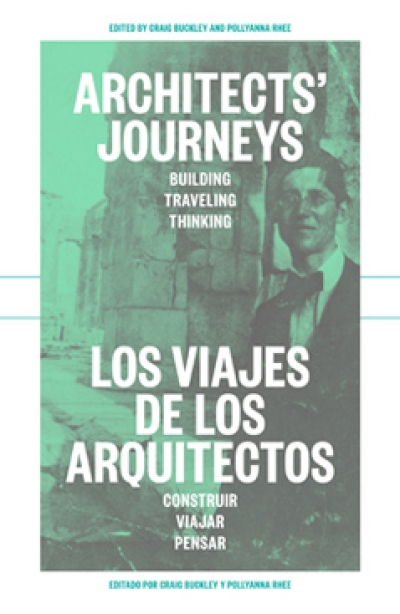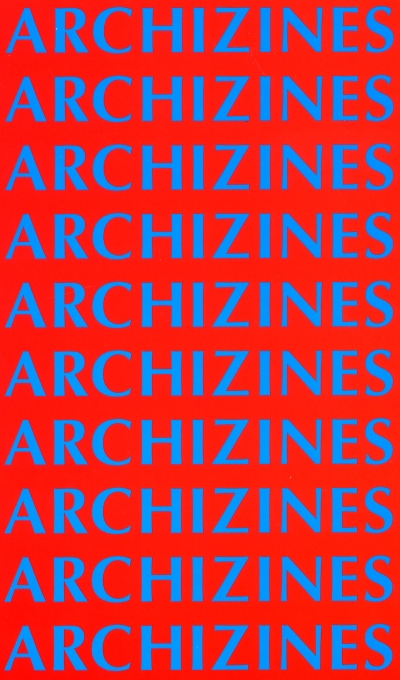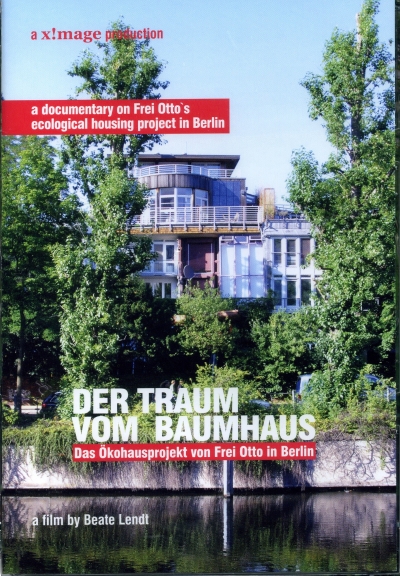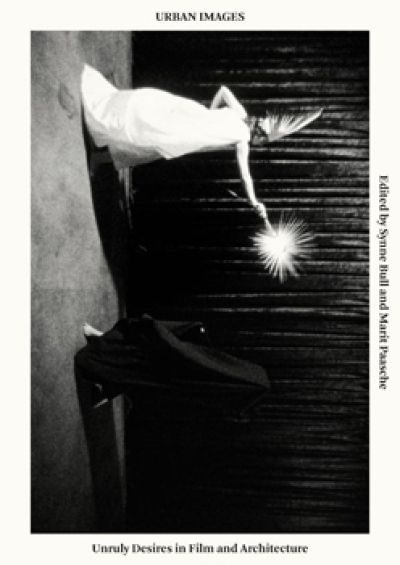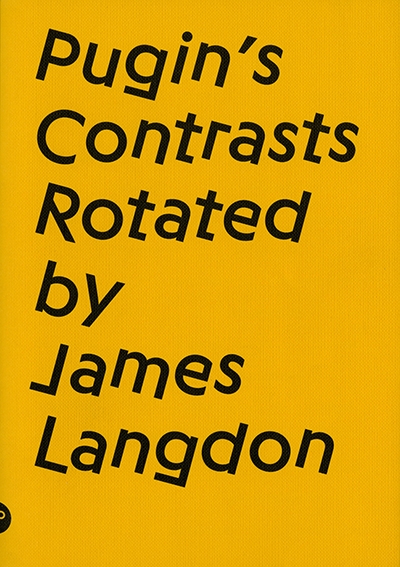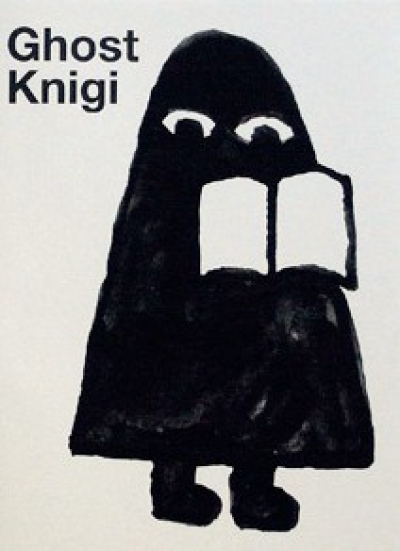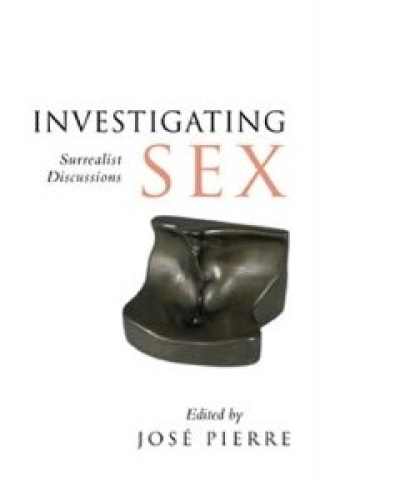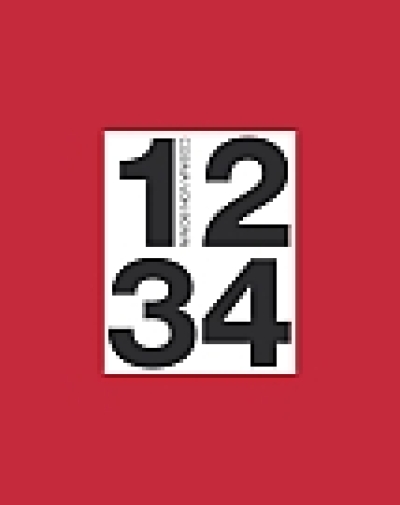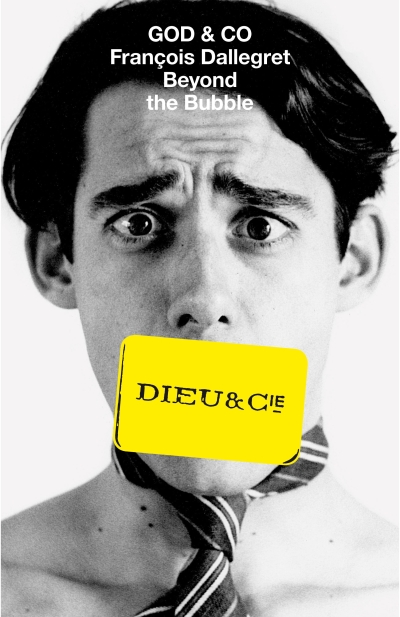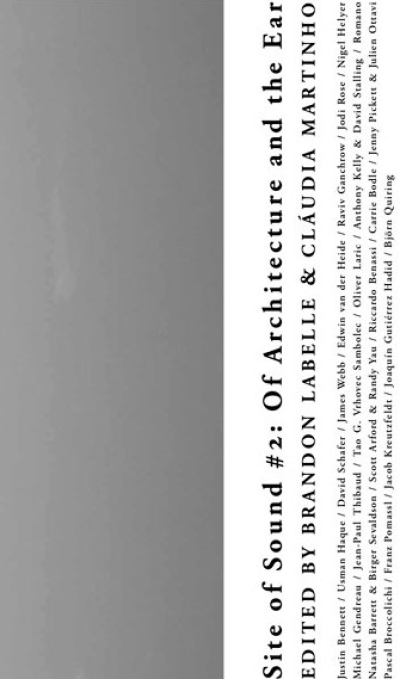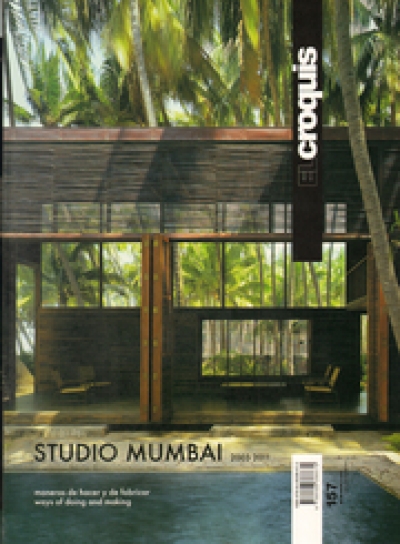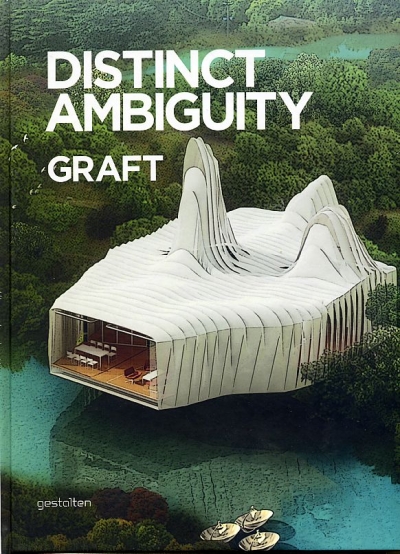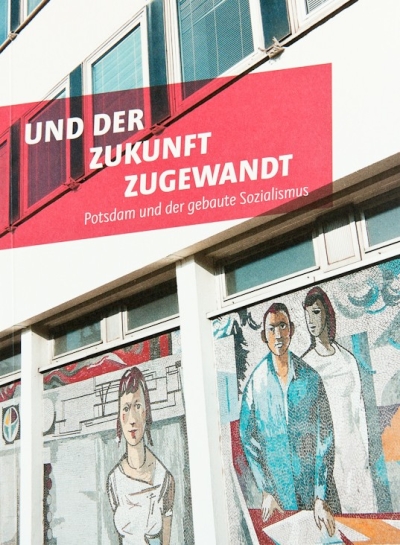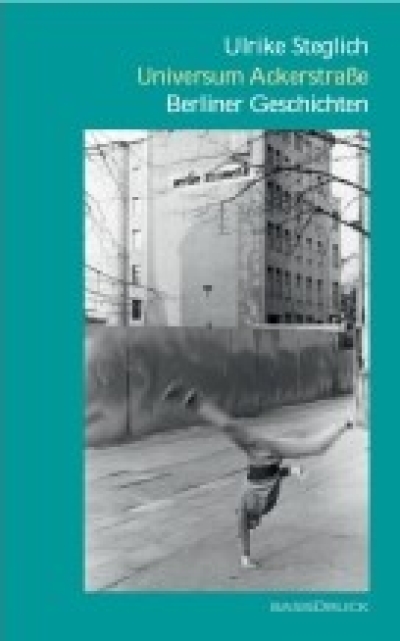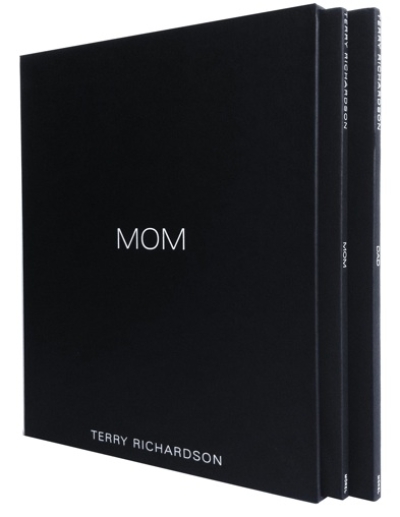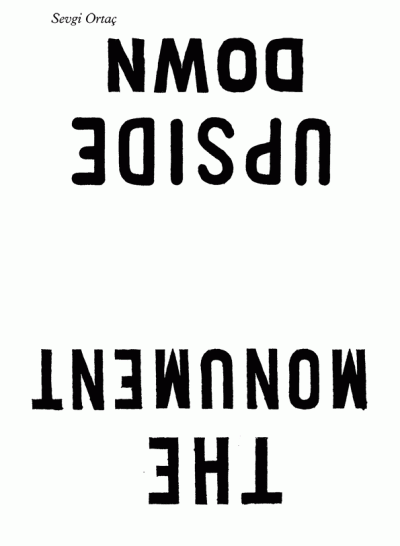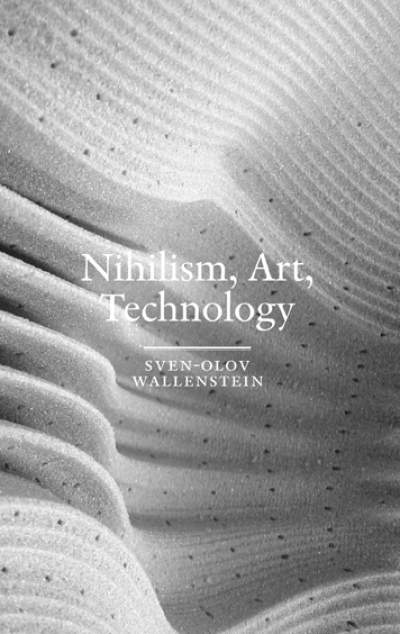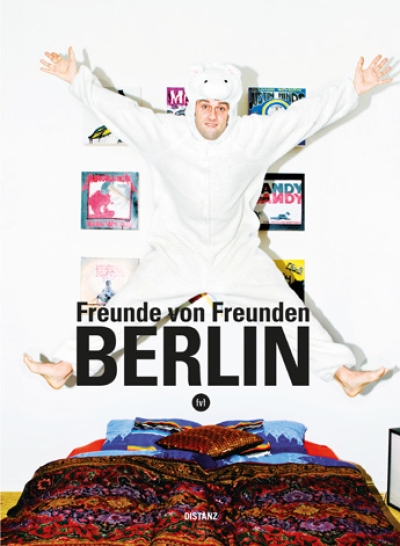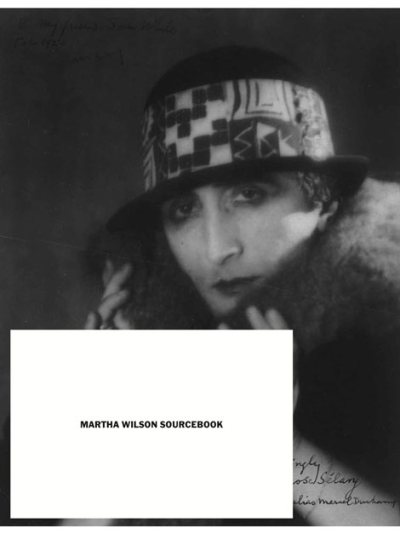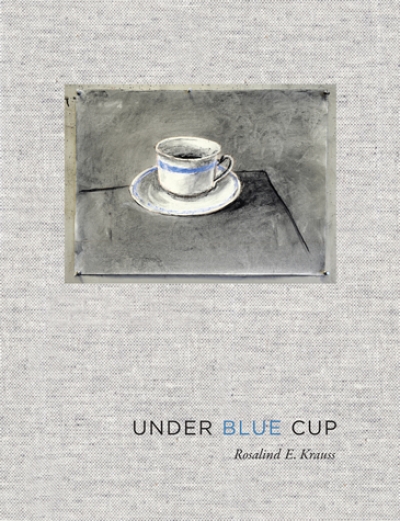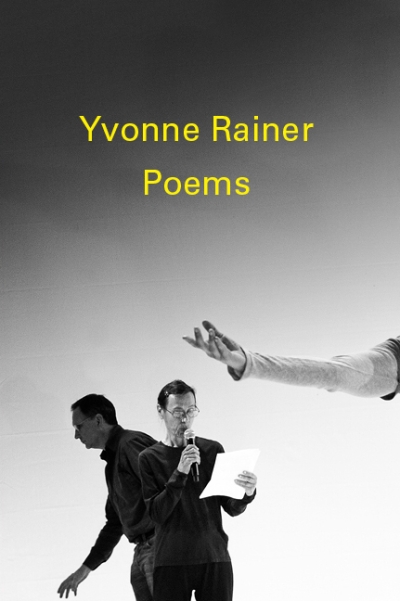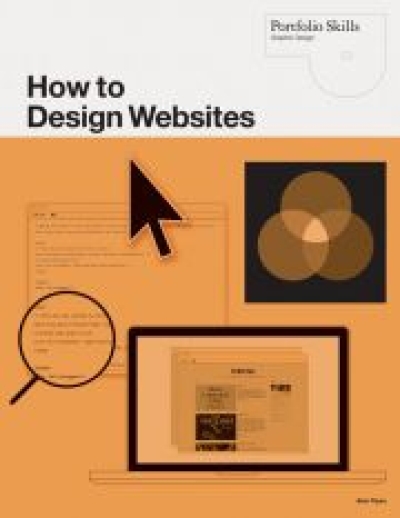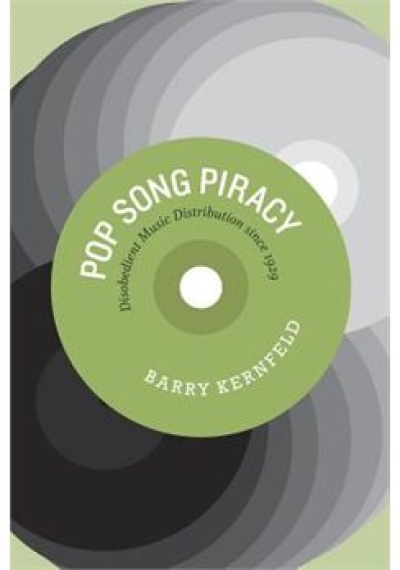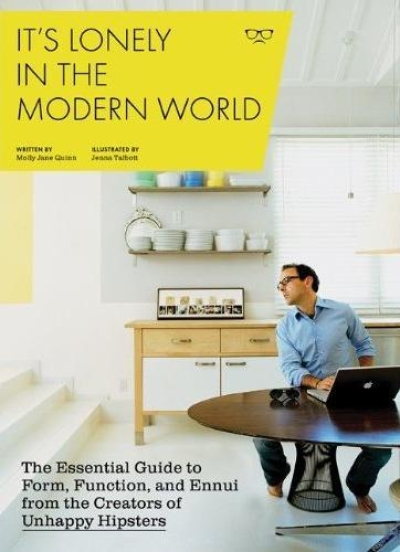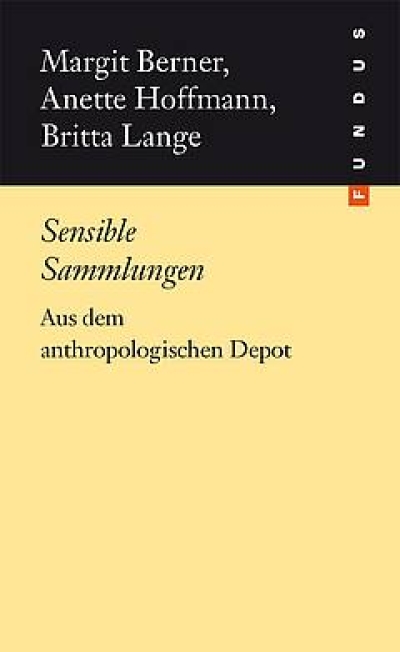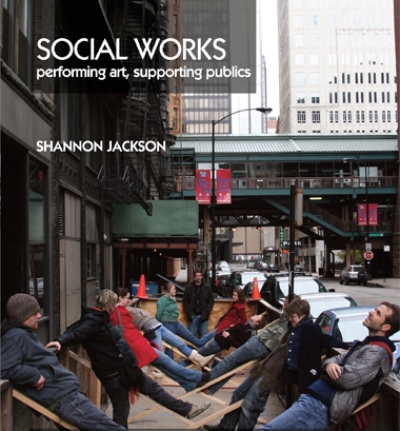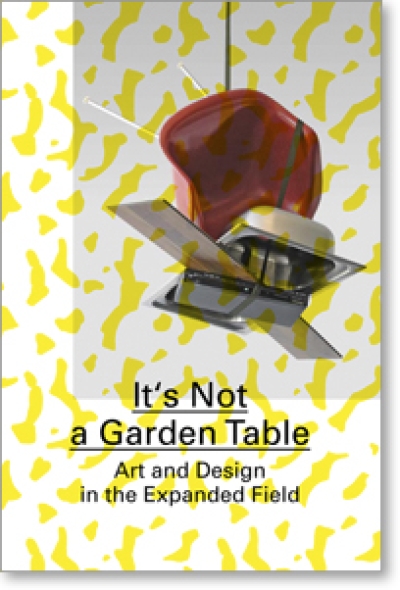
Berlin Wonderland. Wild Years Revisited, 1990–1996
When the Berlin Wall fell in 1989, artists, punks, anarchists, squatters, visionaries, and oddballs discovered the no-man’s-land behind it—a practically lawless zone in the heart of the city. Unbridled creativity was unleashed in the free spaces among the crumbling façades of old buildings. A variety of clubs, bars, techno parties, galleries, uprisings, and exhibitions sprung up, among them the well-known institutions Tacheles and Schokoladen. These new spaces became a magnet for young people from around the world, who flocked to the burgeoning scene. These wild years may seem long past, but their effect is still palpable and has made Berlin into what it is today. The city’s well-established reputation as a creative hotspot is partially grounded in the myths of the riotous 1990s.
In its more than 200 photographs, Berlin Wonderland brings this unique time of upheaval, resistance, and rearrangement back to life. Looking at the sleek shops and buildings of Berlin’s Mitte district today, it seems practically impossible that these photos were taken only 20 years ago. Yet that part of the city has indeed undergone radical change since then—on streets where ruins and piles of rubble once stood, tourists now stroll in droves. Twenty-five years after the fall of the Berlin Wall, it is time to tell the visual story of an extraordinary time in the Mitte district’s history that only few experienced. The striking photography in Berlin Wonderland is supplemented by interviews and quotes from those who shaped its subculture.
Musician and photographer Chris Keller has lived in Berlin since 1990. He is a founding member of the Elektronauten and has lived and worked in spaces including Tacheles, IM Eimer, Synlabor, and Schokoladen. Today, he works on the music projects Resident Kafka and Elekronauten and puts on the Oddlab series held at the Club der polnischen Versager. Anke Fesel has also lived in Berlin since 1990. She managed a variety of events—including Laut + Luise, a concert series for new music—at spaces including Tacheles, IM Eimer, and Schokoladen. She started her career as a designer for the city newspaper scheinschlag. Today, she is the director of the graphic design studio capa. In 2007, Keller and Fesel founded the photo agency bobsairport. They now represent more than 80 photographers, most of whom are based in Berlin.
Als 1989 die Mauer fällt, entdecken Künstler, Punks, Anarchos, Hausbesetzer, Visionäre und Spinner das Niemandsland, die nun nahezu gesetzlose Zone inmitten Berlins. Es entstanden Clubs, Bars, Technopartys, Galerien, Aufstände, Ausstellungen – das Tacheles und der Schokoladen. All dies wurde zum Magnet für junge Leute aus der ganzen Welt. Zwischen bröckelnden Altbaufassaden wurden Freiräume gelebt, entwickelte sich ungezügelte Kreativität und ein neues Lebensgefühl. So fern diese wilden Jahre wirken, so sehr spürt man doch, wie sie Berlin zu dem gemacht haben, was es heute ist. Denn Berlins Ruf als kreative Stadt gründet auf dem Mythos der aufrührerischen 1990er-Jahre.
In mehr als 200 Fotografien lässt Berlin Wonderland diese einmalige Zeit von Aufbruch, Widerstand und Neuordnung wieder aufleben. Mit einem Blick auf die heutige Mitte Berlins scheint es schier unglaublich, dass die Bilder vor gerade einmal 20 Jahren aufgenommen wurden, so radikal hat sich die Stadt gewandelt. Wo einst Ruinen standen und sich Schuttberge türmten, flanieren nun Scharen von Touristen durch die Straßen. 25 Jahre nach dem Mauerfall ist es an der Zeit, das Berliner Wunderland wieder ins Gedächtnis zu rufen und seine Geschichte in Bildern zu erzählen, die kaum jemand gesehen hat. In Interviews und Zitaten kommen Protagonisten jener Zeit zu Wort und lassen die Subkultur der Berliner Mitte wieder lebendig werden.
Chris Keller lebt seit 1990 als Musiker und Fotograf in Berlin. Er ist Gründungsmitglied der Elektronauten und hat in diversen Projekten wie Tacheles, IM Eimer, Synlabor und Schokoladen gelebt und gearbeitet. Heute ist er mit den Musikprojekten Resident Kafka und Elektronauten aktiv und veranstaltet die Reihe Oddlab im Club der polnischen Versager. Anke Fesel lebt ebenfalls seit 1990 in Berlin. Sie war als Veranstalterin – unter anderem der Konzertreihe für Neue Musik Laut + Luise – in diversen Projekten wie Tacheles, IM Eimer und Schokoladen tätig. Sie begann ihre Arbeit als Gestalterin bei der Stadtzeitung scheinschlag und betreibt heute das Grafikbüro capa. Gemeinsam gründeten die beiden 2007 die Fotoagentur bobsairport und vertreten mehr als 80 Fotografen, von denen die meisten aus Berlin kommen.





